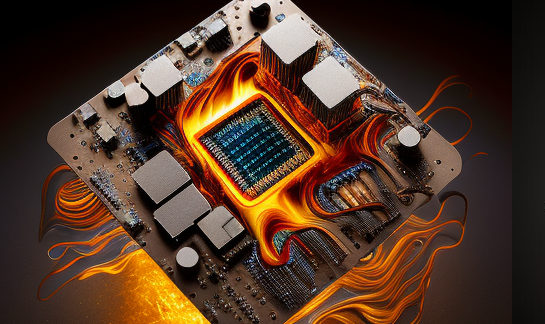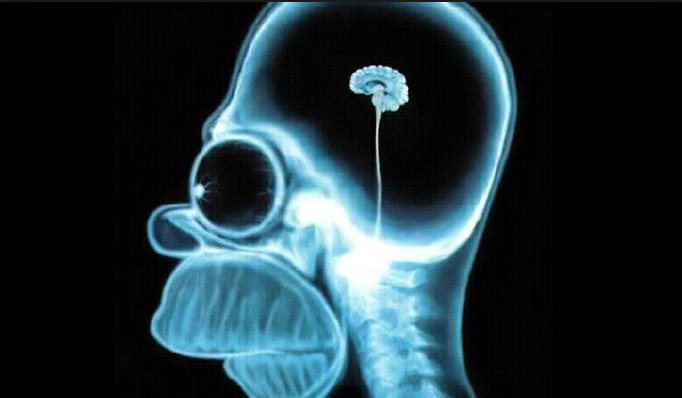Precipitous decline underscores the problem.
- It looks like demand for smartwatches has precipitously declined in Q2 16A, taking the overall outlook for wearables with it.
- To me this is just another signal that the market is not ready for wearables mostly because no one has really figured out what to do with them.
- Data from IDC (see here) is indicating that demand for smartwatches fell by 32% to 3.5m units in Q2 16A mostly driven by a decline in Apple Watch shipments to 1.6m units from 3.6m shipped right after its launch in Q2 15A.
- Given that smartwatches are around half of the total market for wearable devices it is easy to see how the entire market could easily decline this year.
- These figures bring into sharp focus the problem with wearables which is that no one really has any idea what to do with them meaning that most users are just not that interested.
- To make matters worse, I can’t see this problem being fixed anytime soon.
- The one exception to this is e-health where enabling users to track certain biometric characteristics could have substantial benefits for disease diagnosis and prevention.
- Unfortunately, none of the devices are able to do this with anything like the kind of accuracy or reliability that would make it safe to rely on the data.
- I have long thought that inaccurate health data is bad at best and dangerous at worst and so I do not see any real threat to the medical devices industry for now.
- Currently, wearables are good enough to monitor biometric data for recreational and basic fitness uses but nothing more.
- This makes a wearable nice to have but it still means there is no burning reason why a user must have one of these devices.
- This has been echoed in Apple stores, where the Apple Watch tables are the least visited and the most asked question is “why should I buy one?”
- This is why shipments of Apple Watch have been so far below bullish forecasts and why many users stop using a wearable within three months of purchase.
- Consequently, I continue to think that wearables are little more than remote controls for a smartphone providing no reason for mass market adoption.
- Of all the wearable players, Apple is likely fare by far the best as it has a very strong ecosystem which is critical to ensure differentiation.
- Even Fitbit, which currently leads this market, is likely to struggle as it does not have the scale nor the experience outside of fitness tracking to put together a user experience compelling enough to keep its gross margins where they are.
- Hence I think that 2016 will be very difficult for wearables in general as the ravages of commoditisation bite against a backdrop of increasingly indifferent users.
- Apple is the only company in this space that I would consider investing in but its exposure to wearables is tiny relative to its market capitalisation.
- Hence, wearables is not a theme in which I am looking to have exposure to for the balance of 2016.









Blog Comments
Tim Nash
July 22, 2016 at 7:13 pm
Potential buyers will now wait to see what new models are released for the holiday buying season and even if Apple keeps the same form factor, the new WatchOS will speed it up. So I expect sales to rise.
Swiss watch exports are down, particularly Swatch, which suggests smartwatches are having an effect.
A good detection/alert app for Pokemon Go would drive wearable sales for the next few quarters.
In the longer term, ApplePay looks like a strong possibility for the Apple Watch. Look for it to start to happen in places like London where it can be used daily on a strong public transport system.
‘I have long thought that inaccurate health data is bad at best and dangerous at worst and so I do not see any real threat to the medical devices industry for now.’ For me it is more a question of what the data can help patients and doctors diagnose with a device that is worn all the time, so supplementing rather than replacing the medical device industry.